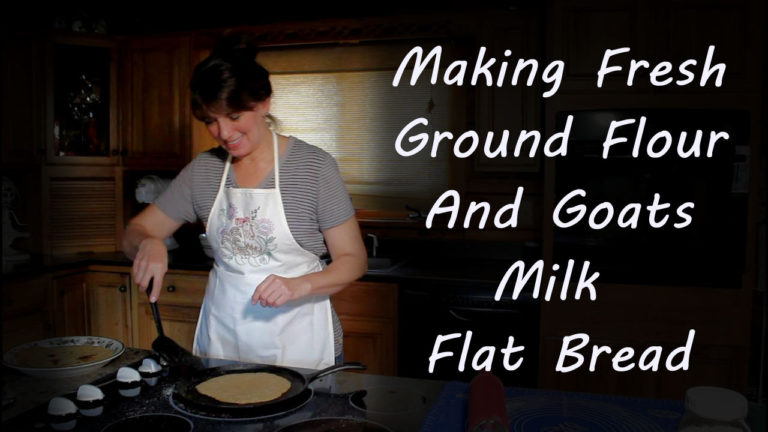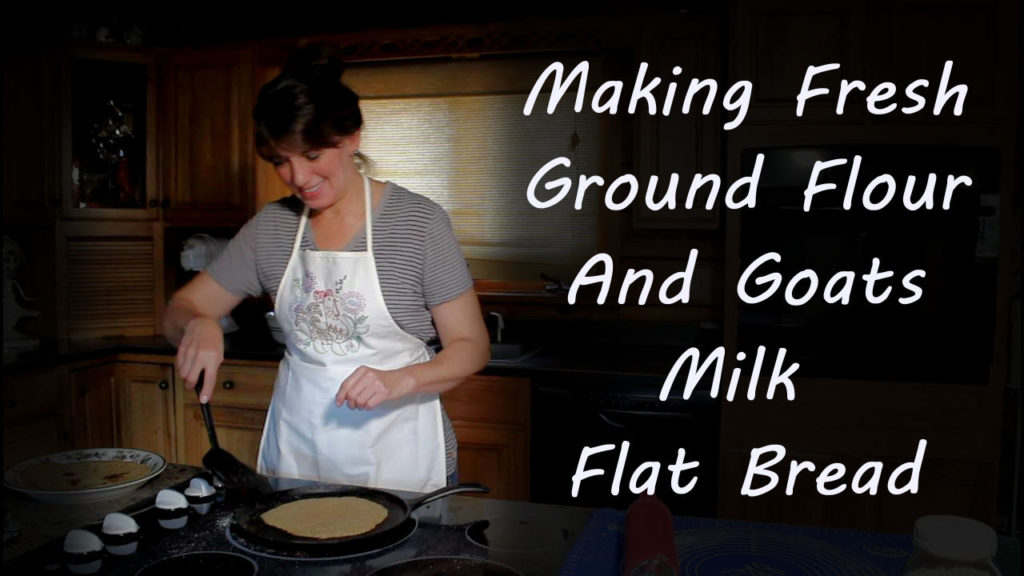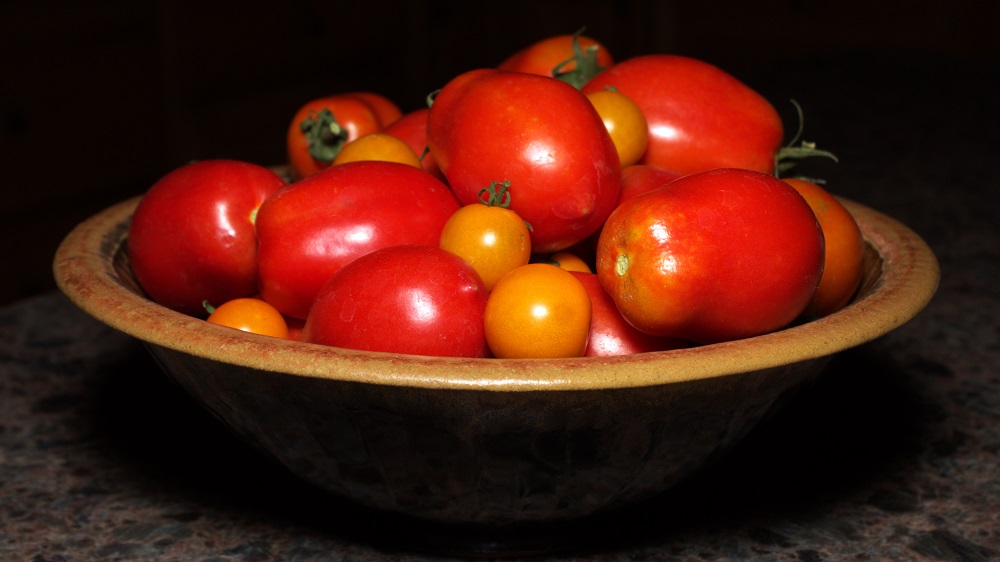Making Fresh Ground Flour and Goats Milk Flatbread

Flatbread is so easy to make, and making it from scratch is the best. We first grind flour from Winter white wheat berries. Add real salt, goats’ milk, and melted butter to it to create a dough. Let the dough rest 20 minutes. Cut the dough into pieces and roll and shape the pieces into flat rounds. Just brown each side of the flat rounds and you have flat bread!
Here are the ingredient measurements:
2 cups of flour plus more for kneading and dusting
A pinch of salt
3 Tablespoons of melted butter
¾ cup of warm milk
We used our flatbreads to make pizzas, but there are many ways to use them. Experiment with herbs or shredded cheese for different variations. Also, vary the amount of time and temperature in the skillet for a crispier or softer bread.
Please follow our channel (PioneerMountainHomestead) for more homesteading activities and other activities we are involved in. Let us know if you try the flatbread or make a different variation.
#milled #kneading #byhand #flatbread #flour #bread #kneadingdough #knead #milling #wheat #homemade #homesteadkitchen #flatbreads #fresh #doughkneading #noyeast #berry #freshmilled #flatbreadpizza #winter

